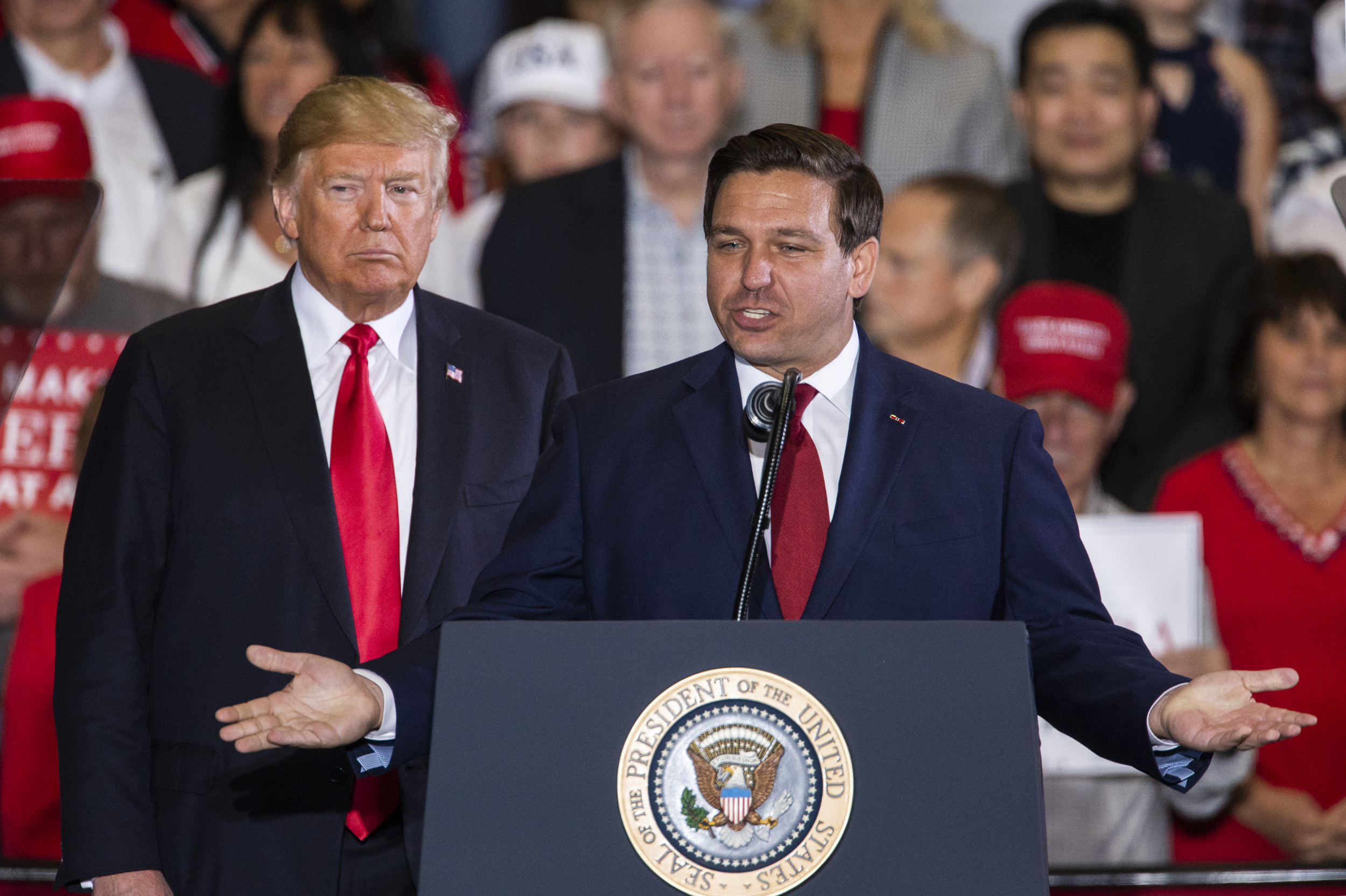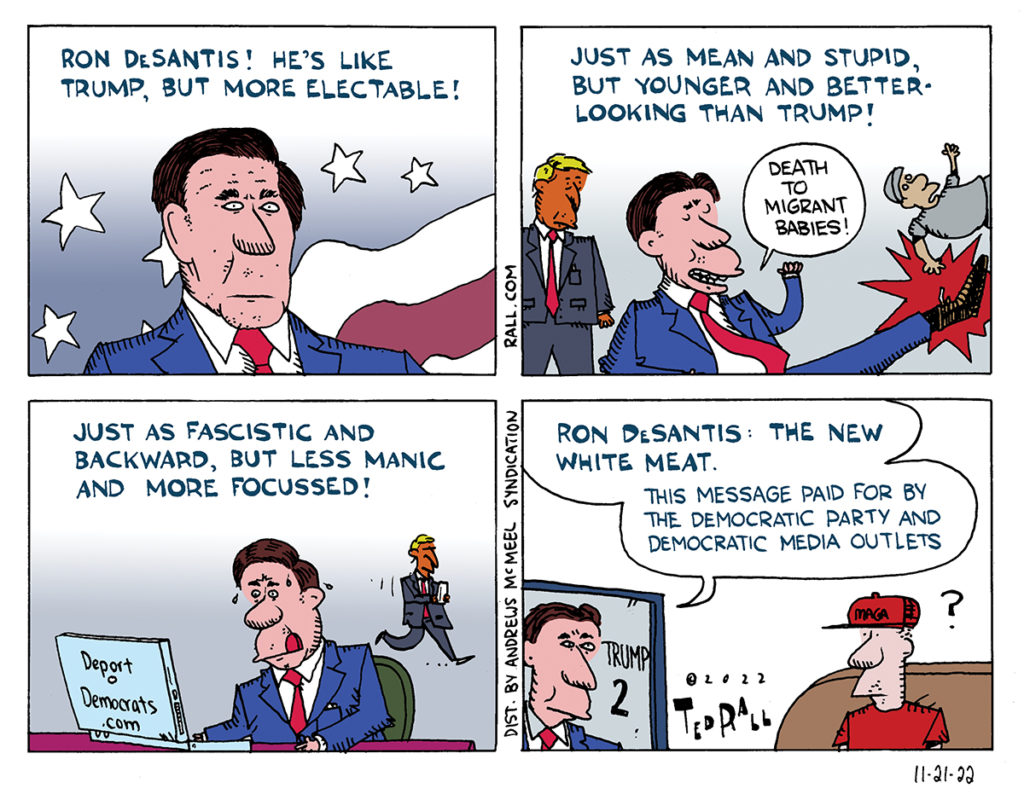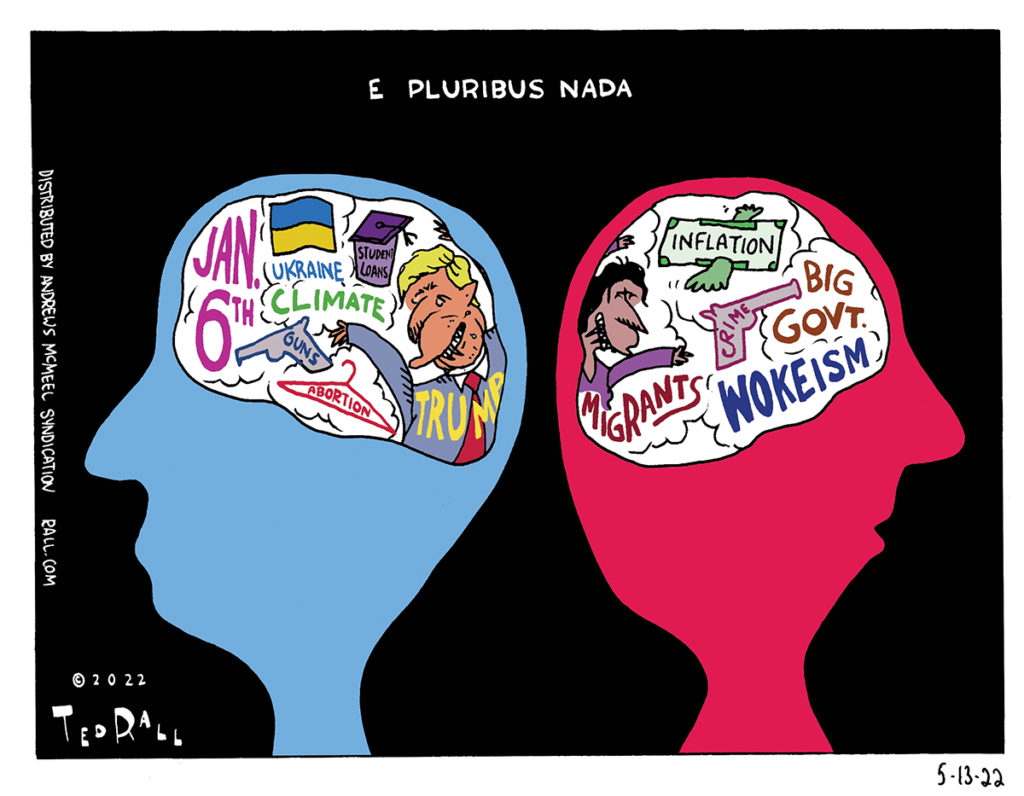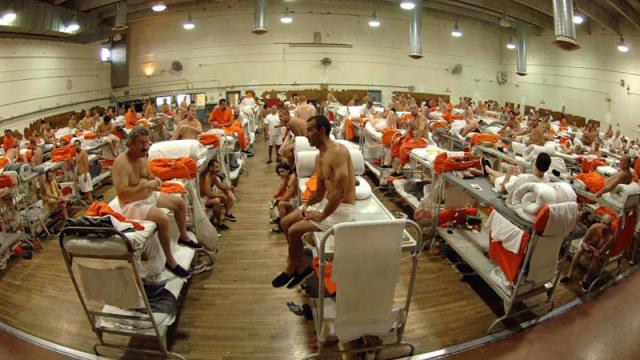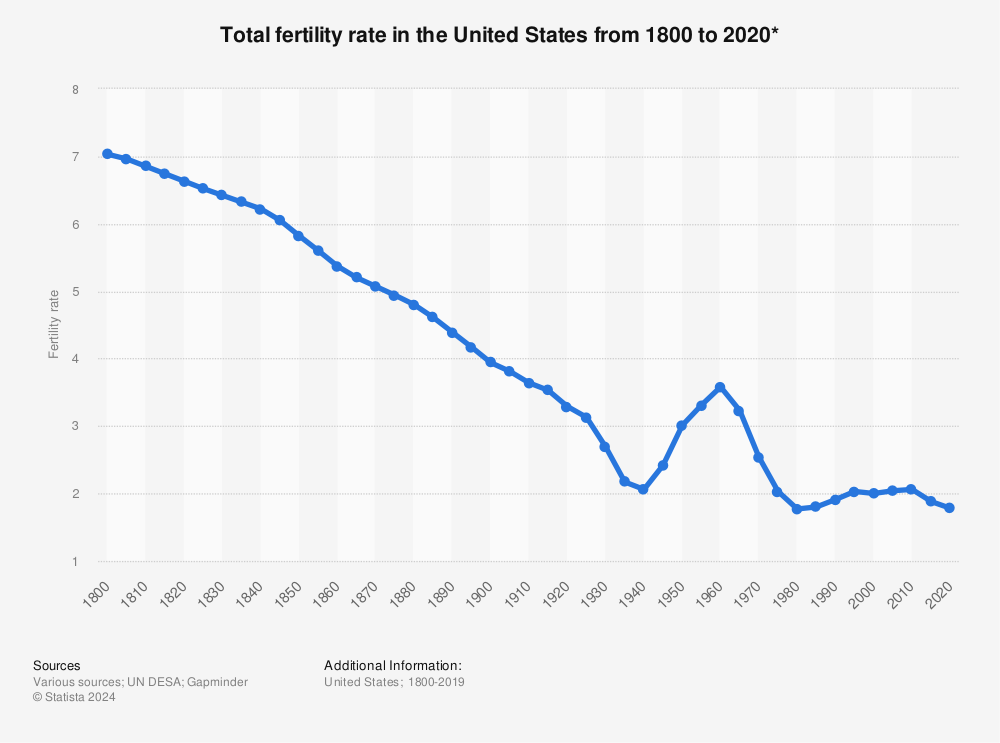
I didn’t question the incoming Biden Administration when they rolled back the Trump era’s stricter border control policies in 2021. There’s nothing unusual about reversing a previous president’s approach, especially when he belongs to the other party and the policy in question is roundly criticized.
You didn’t have to be a proponent of open borders to feel discomfort about Trump’s zero-tolerance stance toward both economic migrants and political asylum applicants, which led to kids in cages, his draconian family separation policy, which caused nearly a thousand children to get disappeared into the system and were never reunited with their parents, or his Remain in Mexico scheme, which subjected immigration applicants to gang and cartel violence. By the time he left office, Trump’s handling of undocumented people who attempted to cross the U.S.-Mexico border was viewed as inhumane and highly unpopular.
As we see so often in American politics, we have gone from one extreme to the other. President Biden has swung past the status quo ante toward immigration policies more liberal than anyone alive today can remember. Slightly fewer than two million people illegally crossed the U.S.-Mexico border during Trump’s four years in office; there have been well over six million under Biden, who still has nine months left to serve. Biden has deported more than half of these.
Where the two administrations’ policies really differ is their handling of applicants who present themselves to border patrol agents and followed the federal government’s legal application process for asylum. Fewer than 200,000 asylum seekers were paroled, i.e. admitted into the U.S. pending the resolution of their claim, under Trump. Biden has paroled nearly 500,000, and he still has a year to go, with big spikes over the past two years. Between those people and others allowed into the U.S. under Biden’s special refugee programs for people fleeing conflict zones like Ukraine, Afghanistan and Venezuela, more than 1,000,000 are now in country.
Now it’s Biden’s turn to feel the heat of popular discontent in an election year. More than two-thirds of voters disapprove of the president on immigration (68%) and border security (69%), according to the AP-NORC poll conducted on March 29th. After the economy, healthcare, crime and guns, immigration is tied for fifth with abortion among the issues voters care about most right now.
Like other leftists, I long assumed that Biden’s “open border” approach was driven by a pair of common well-intentioned albeit shortsighted liberal impulses: opposing all things Trump just because and opening America’s doors to the poor and oppressed masses desperate for the chance to make new lives here, à la Emma Lazarus in homage to our history as a Nation of Immigrants.
Now I think something else is going on.
Biden and the Democrats read polls; they know their border policies aren’t playing well with the swing voters they need to win this fall. Trump’s fearmongering seems to be landing punches. So why is the Administration staying the course? Why are they just standing by and watching as cities like New York and Chicago reel under the financial stress of hundreds of thousands of new arrivals they can’t handle?
As James Carville famously observed in 1992, it’s the economy, stupid. It’s always the economy, especially in an election year. And you can’t hit the ideal GDP growth rate of two or three percent a year if your population—your consumer base and your labor pool—shrinks.
But Team Biden is looking far beyond November.
The developed world is facing a fertility crisis. For the population to remain stable, the average woman needs to have 2.1 children. (The fraction over two accounts for disease, accidents and mortality in general.) A study published in The Lancet finds that the fertility rate for Western Europe, 1.53 rate in 2021, is expected to drop further to 1.37 by 2100. A major population drop-off could cause a crisis as a smaller workforce is unable to support an older, larger cohort of retirees. Demand for homes and other trans-generational products could collapse, dragging down consumer goods and leading to a deflationary doom loop.
Fortunately, report co-author Natalia V. Bhattacharjee says, there’s a solution: liberalizing immigration from places like the Global South, where birthrates remain high. “Once nearly every country’s population is shrinking, reliance on open immigration will become necessary to sustain economic growth.” She told Al Jazeera that “sub-Saharan African countries have a vital resource that ageing societies are losing—a youthful population.”
Here in the U.S., our fertility rate has dropped from 3.65 in 1960 to 2.08 in 1990 to 1.66 in 2021. At the same time, population has risen from 181 million in 1960 to 250 million to 333 million in 2021. Immigration, legal and illegal, has filled the void created by our failure to make enough babies.
Under Trump, not so much.
I am increasingly convinced that, behind securely locked soundproof doors in the White House and other corridors of power, top Biden officials are staring at demographic charts that show the rate of population increase leveling off toward even, and dripping sweat over the fact that the current economic model, which is predicated on consistent expansion, is imperiled by a fertility crisis neither they nor the media ever talk about. Where Republicans see an uncontrolled flow of people from Central America and elsewhere pouring across the border with Mexico as threats to American jobholders, possible criminals and perhaps cultural harbingers of a Great Replacement theory, Democratic economists view them, like Bhattacharjee, as a convenient solution to the intractable demographic issues of Americans getting married later and in fewer numbers and thus having fewer children than required to keep growing the economy.
There are ways to encourage American citizens who already live here to have more kids. One city in Japan, whose economy has struggled against a fertility crisis since the 1990s, has succeeded in growing family sizes by investing free medical care for children, free diapers and, most effectively, free daycare. Other places have achieved similar results. There is a direct correlation between low birth rates and expensive child daycare. But there’s no sign that Washington cares about the issue, much less is about to act.
That leaves immigration. Given the stakes and the undeniable capitalistic logic that necessitates throwing open the floodgates, President Biden might want to take a shot at something he seems both to hate and is not good at: explaining the facts to the public.
(Ted Rall (Twitter: @tedrall), the political cartoonist, columnist and graphic novelist, co-hosts the left-vs-right DMZ America podcast with fellow cartoonist Scott Stantis. You can support Ted’s hard-hitting political cartoons and columns and see his work first by sponsoring his work on Patreon.)



